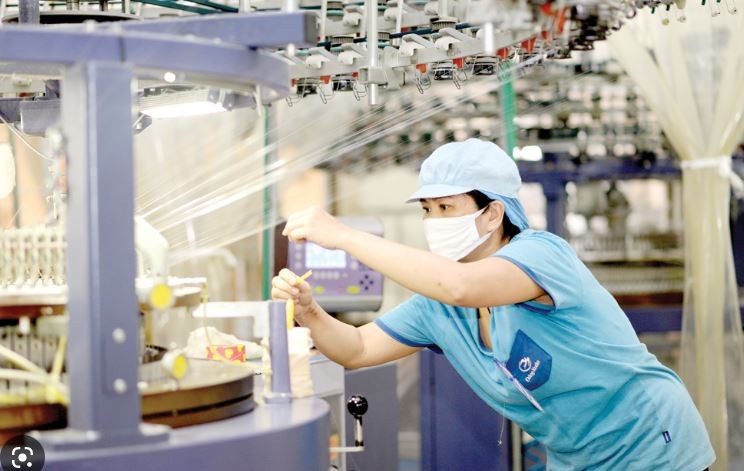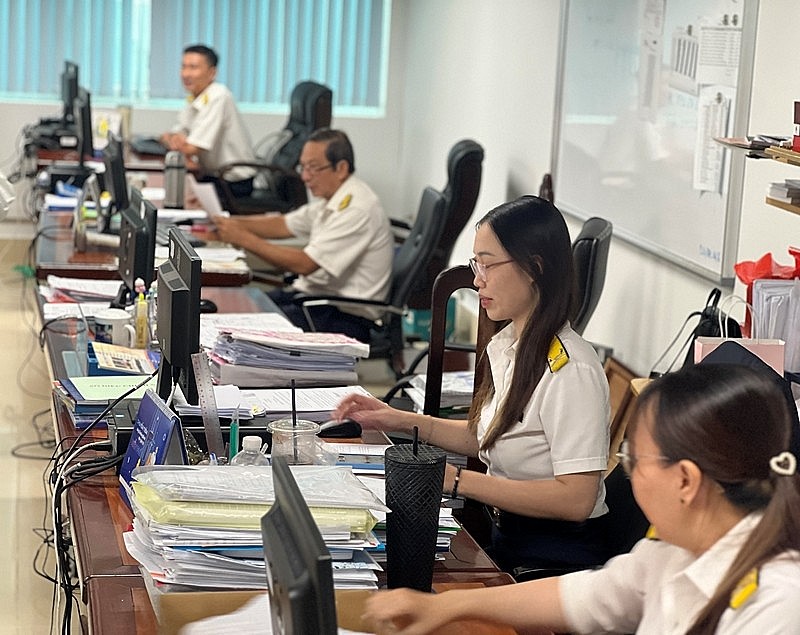OOH: Covid casualty or example to other channels? How lockdown transformed the oldest ad format
As the first lockdown dragged past the initial two weeks that we had all prepared for, a fast consensus emerged that OOH was advertising’s biggest Covid casualty.

Anything is Possible on why there is a resurgence of OOH as people return to trusting billboards.
And yes, the revenue figures don’t paint a pretty picture. That’s all predictable: the majority of the population were staying at home, so ad spend was being pulled from the big outdoor hoardings.
But what’s remarkable is in fact the resilience and agility of OOH, and how the channel innovated its way out of the absolute worst case scenario it found itself in almost a year ago.
So while the nation struggles with being back indoors, OOH is coping well. Clear Channel have reported a 17 percentage point increase in audience delivery during mid January 2021 compared to the start of April 2020. While we hope that the public are staying home as much as possible, the data shows that smart OOH still has a role to play in these unprecedented times.
But as an industry we have learnt from the last 9 months and adapted to changing circumstances. Shortly after the enormity and inevitability of lockdown 1 came into view, OOH media owners rapidly adapted their usual T&C to allow activity to be postponed and changed at the last minute. They increased communication and collaboration with their buyers, investing resource in research products and responding to a widespread call to arms to make their channel perform better under extraordinary circumstances.
According to numbers shared by Staying On , OOH campaigns that ran during the pandemic have delivered fantastic results, with advertisers who ‘stayed on’ during the worst of the pandemic seeing +51% uplift in product recall.
It’s not hard to understand why: under lockdown, time out of doors becomes precious due to its scarcity. People pay better attention to where they are, and the messages we see out of doors stay in our memories and, if they are offering a message that connects to our sense of predicament, we trust and feel better about the messages we see.
From the point of crisis came a joyous opportunity to do more. Many brands donated space for charity messages, and the OOH suppliers displayed the nation’s appreciation to key workers and NHS staff, including the #myhero campaign.
The channel also became a noticeboard for the public, providing updates and advice from the government as we navigated our way through the pandemic. Shopping advice became survival health advice, and the humble poster became a source of trust, comfort and connection.
Going digital: Outdoors ≠ ‘traditional’
But the bigger picture is really how the channel was able to adapt so quickly, working with partners and competitors to evolve one of the oldest advertising formats.
This was made easier by the surge in investment over recent years to improve the poster infrastructure across the country, with digital screens now accounting for 50% of inventory. 2020 was the year of immediacy, and tech innovation helped to facilitate that by allowing advertisers to be more reactive and relevant.
So when lockdown restrictions eased, the OOH publishers were well placed to respond to the new behaviours. We saw reduced movement on public transport, but increased cars on the road. Local high streets became more popular, while city centres remained quieter than usual.
Overall, despite the most abrupt changes to our daily routines since the Second World War, the OOH channel is still delivering 85% reach of the population. OOH survived that war, and will survive corona.
Mobile data was key to enabling this transformation, and we’re seeing even more focus on connecting the public and private screens (especially as QR codes are finally a thing!). This data is also intrinsic to the upgrade of the reporting model. At first the OOH specialists were unsure about how to report on the changing audience patterns, but developments such as Clear Channel’s Radar tool allow for more up-to-date data to be provided. With many advertisers thinking that no one is seeing OOH posters, this data was invaluable at building up confidence in the format.
These new data tracking methods will also help with planning OOH activity in the future, as some behaviours adopted during the pandemic, such as increased working from home, are likely to stay. But it’s not just about tracking movements, Posterscope and JCDecaux identified the need to understand the changes to audience mindset and have conducted extensive field studies.
While digital formats have provided increased flexibility, we should not forget how effective the more traditional formats can be, such as the infamous ‘Dracula’ billboard. You could ask ‘was this an OOH or social campaign?’
But a better question is ‘how are we still asking this question?’ For years we’ve been talking about how integration is a key aspect of a media plan and how the audience doesn’t consume channels in silos any more.
This campaign is the perfect example of how an integrated campaign should operate. They found a creative concept that embodied the theme of the product, a channel and activation approach that allowed them to physically bring this concept to life, which excited the public enough that they wanted to discuss it further and share with others. A winning combination that should be celebrated in its entirety.
Within this pivot to tech, sustainability is a key issue for OOH going forward. It’s a real challenge: How do you embed memorable messages in the environment without interrupting peoples’ enjoyment of nature? From Clear Channel’s ‘Platform for Good’ initiative to reviewing how digital screens can be carbon neutral, OOH’s reputation for helpful and trusted public information is not something the channel wants to give up. Panels and screens need to be considered as part of the wider outdoor space, and with the public being reminded how much they love the great outdoors in 2020 this investment is crucial. With a large proportion of media investment going back into the community, the best way to approach spaces like playgrounds, gardens and community projects is an exciting challenge to think about.
Stepping into Out of Home in 2021 planning
OOH continues to deliver great campaigns and results, but things are a bit different now. The local-first community spirit we’ve seen in the past nine months is likely to last for some time yet, meaning that consumers will continue to support local businesses, and increased remote working will keep footfall in the local high street to the probably detriment of than in city centres.
As this year progresses OOH investment will start to surge, and booking inventory early now to avoid cost competition is probably a good idea.
But beyond that, it is smart to think of OOH as being a little different to before. It is not an inflexible broadcast channel any more. It aligns with your broader campaigns and activity, sitting in the mix either as a central channel or a targeted signal booster. We can tell more accurate and robust stories through smart targeting, and attribute impact to gauge OOH’s contribution to the overall value proposition.
However the biggest strength of OOH going forward is probably not its future potential, but its heritage potential. The simple fact is, people trust big billboards. While so many other media competing for attention lose trust, that becomes incredibly valuable.
There is an old saying: ‘If it’s on a poster, it must be true.’
The truth is only growing.



 Print the article
Print the article


